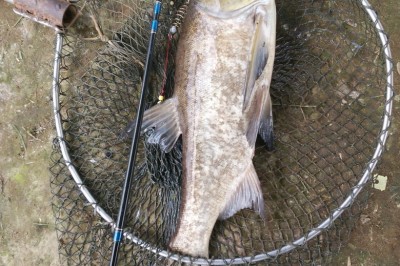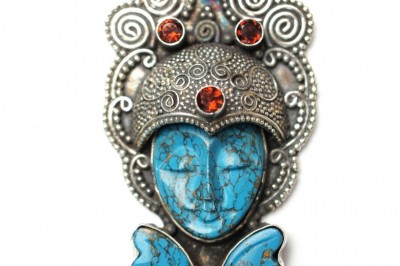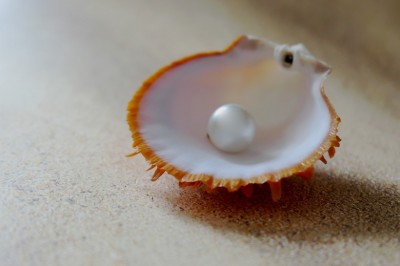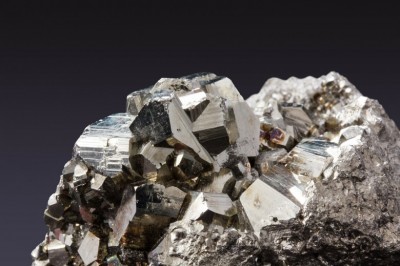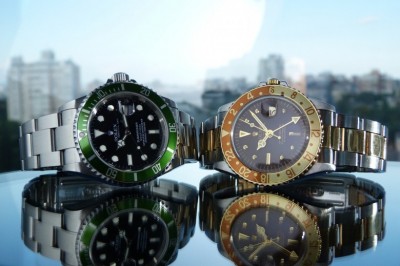A Note on the Types of Turquoise
Turquoise as a gemstone has been around for a long time. The Egyptians found it in the Sinai some six thousand years ago, and used it in jewelry, for carvings, and in the form of laminae to create intricate and beautiful inlays. Today, this stone continues to be a popular focal bead for sterling silver turquoise pendants and bracelets. The ancient Egyptians displayed turquoise as a symbol of high societal position and barred commoners from owning this stone. It was only centuries later after discoveries in Persia or present day Iran that turquoise was allowed to be owned and worn by the masses. Turquoise in North America is a relatively recent phenomenon. Records suggest that Native Americans first came upon this gem about one thousand years ago. Iran today produces the best quality turquoise. Mines Arizona are also known to produce some spectacular specimens of this mineral. Nevada also produces a large volume of turquoise, albeit of moderate to low quality. Other producers on the world stage include New Mexico and Colorado in the United States, Chile, China and Australia.
There is a specific and special terminology that is used to describe the quality and varieties of turquoise on the market today. To the novice buyer, this can be quite overwhelming and confusing. This article seeks to shed light on the various types of turquoise on the market today.
Gem Quality Turquoise
Gem quality specimens are sometimes known as natural turquoise, and represent the best quality of turquoise that is found in nature. Most turquoise that is found in nature is too soft and porous to be used in jewelry without treatment. On the other hand, natural or gem quality turquoise is hard and resilient and require no treatment other than cutting and polishing. Typically, it will have a vibrant blue color and a fine and well distributed pattern of dark veins. Only a tiny fraction - less than five percent - of the worlds production meets this standard. The mines in Iran, and the Bisbee and Kingman mines in Arizona produce some of the best quality turquoise in the world.
Stabilized Turquoise
Most of the worlds production of turquoise is of moderate to low quality. There are two major problems with moderate quality. Firstly, it has a high porosity making it susceptible to deterioration by absorption of liquids. The second drawback is that moderate quality specimens are difficult to cut and polish. Gemologists seek to overcome these flaws by stabilizing the stone. The process of stabilization can range from coating the stone with vegetable oil to give it a shinning appearance, to infusing the stone with vaporized silicon dioxide. Oil and wax coats are at the low end of the range in terms of sophistication and quality, while silica infusion is at the high end. Most stones are stabilized by immersing it in clear liquid epoxy, and allowing the epoxy to infuse the stone by matrix sucton, or under pressure. The process of stabilization reduces the porosity of the stone, improves its resilience, and increases its hardness. The stabilized stone can be cut and polished to a high shine. Pendants used in white pearl necklaces and other fashion jewelry is stabilized through epoxy infusion.
Reconstituted Turquoise
Reconstituted turquoise made from chalk or poor quality stone, filings, and chips. These materials are ground to a fine powder and mixed with clear epoxy resin to create a viscous liquid. The paste is placed in block molds and allowed to harden. The hardened block is then cut and carved into various shapes. It is easy to identify reconstituted turquoise because the characteristic dark vein pattern is missing. Reconstituted turquoise is the lowest grade turquoise on the market today.












